
Cuando se trata de levantar cargas pesadas en talleres, almacenes, fábricas, o sitios de construcción, dos caballos de batalla dominan: El polipasto eléctrico y el EOT (Viaje aéreo eléctrico) Grúa. Si bien ambos cumplen la función esencial de elevación vertical, representan soluciones fundamentalmente diferentes. Elegir el correcto no se trata de cuál es "mejor," pero cuál se adapta mejor a sus necesidades específicas. Analicemos las diferencias clave.
Chat en línea
que es: Esencialmente una unidad de elevación motorizada.. Es un dispositivo autónomo centrado únicamente en subir y bajar una carga mediante una cadena o un cable metálico..
Función: Movimiento principalmente vertical. Se puede mover horizontalmente, pero sólo si se monta en una estructura de soporte separada.
Movilidad: No es inherentemente móvil horizontalmente por sí solo.. Necesitas montarlo en algo como un:
Grajo de foque (Montado en la pared o independiente): Proporciona alcance horizontal limitado en un arco..
Grúa pórtico (Portátil o Fijo): Proporciona viajes a lo largo de un camino definido..
Sistema monorraíl: Viaja a lo largo de una vía de viga en I fija.
Carro manual: Requiere que un operador lo empuje/tire a lo largo de una viga.
Carro motorizado: Proporciona desplazamiento motorizado a lo largo de un solo haz.
que es: Un sistema completo de manipulación de materiales aéreos. Integra múltiples componentes:
Puente: La viga horizontal principal.(s) que se extiende a lo ancho de la bahía.
Camiones finales: Unidades en cada extremo del puente que albergan las ruedas para el desplazamiento por las vigas de la pista..
Vigas de pista: vigas pesadas (generalmente montado en columnas de construcción o en una estructura de soporte dedicada) que la grúa se desplaza a lo largo de la bahía.
Izar: La unidad de elevación real (que suele ser un polipasto eléctrico!) montado en un carro.
Carretilla: La unidad que lleva el polipasto y lo mueve a través del puente. (ancho de la bahía).
Controles de grúa: Para operar el recorrido del puente, viaje en carro, y izando.
Función: Proporciona movimiento tridimensional completo dentro de un área rectangular definida (la bahía): Arriba/Abajo (Izar), Izquierda/Derecha al otro lado de la bahía (Viaje en carro), Adelante/Atrás a lo largo de la bahía (Viaje puente).
Movilidad: Tiene movilidad horizontal motorizada incorporada en dos direcciones perpendiculares. (a lo largo de la pista y cruzando el puente).
| Característica | Polipasto eléctrico | Grúa EOT |
| Movimiento | Elevación/bajada principalmente vertical | Movimiento 3D completo (Arriba/Abajo, Al otro lado de, A lo largo de) |
| Complejidad | Más simple, Unidad única | Sistema complejo (Puente, Carretilla, Izar, Pista) |
| Instalación | Más simple, Se monta en vigas/estructuras existentes. | Complejo, Requiere una estructura robusta de soporte de pista |
| Área de cobertura | Limitado al alcance de la estructura de soporte. | Cubre toda el área de la bahía rectangular. |
| Capacidad | Amplia gama (P.EJ., 0.25 tonelada de 50+ montones) | Amplia gama (P.EJ., 1 tonelada de 500+ montones) – Generalmente son comunes capacidades máximas más altas |
| Costo | Más bajo (Costo unitario + Montaje más sencillo) | Más alto (Costo del sistema + Trabajo estructural) |
| Huella | Espacio mínimo utilizado | Requiere espacio superior despejado; Las vigas de la pista necesitan soporte. |
| Flexibilidad | Altamente flexible; fácilmente reubicado/movido a nuevos soportes | Ubicación fija; difícil/caro de mover |
| Más adecuado para | Puntos de elevación localizados, estaciones de trabajo, debajo de foques/pórticos, presupuestos más bajos, necesidades más simples | Cobertura en toda la bahía, alto rendimiento, mover cargas a distancias significativas, cargas pesadas/incómodas que requieren una colocación precisa |

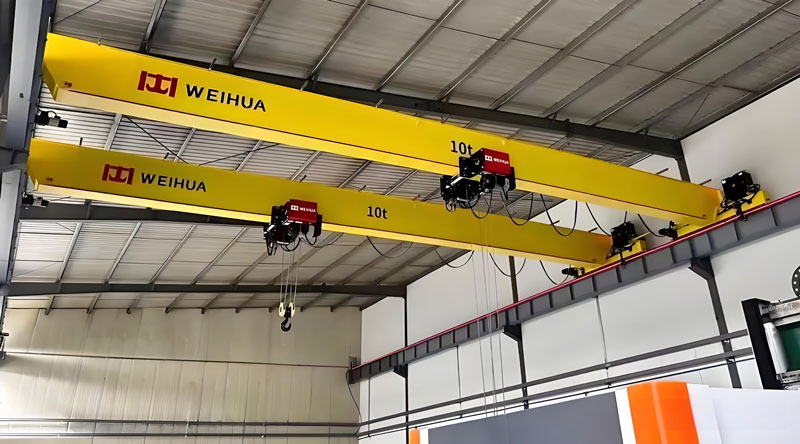
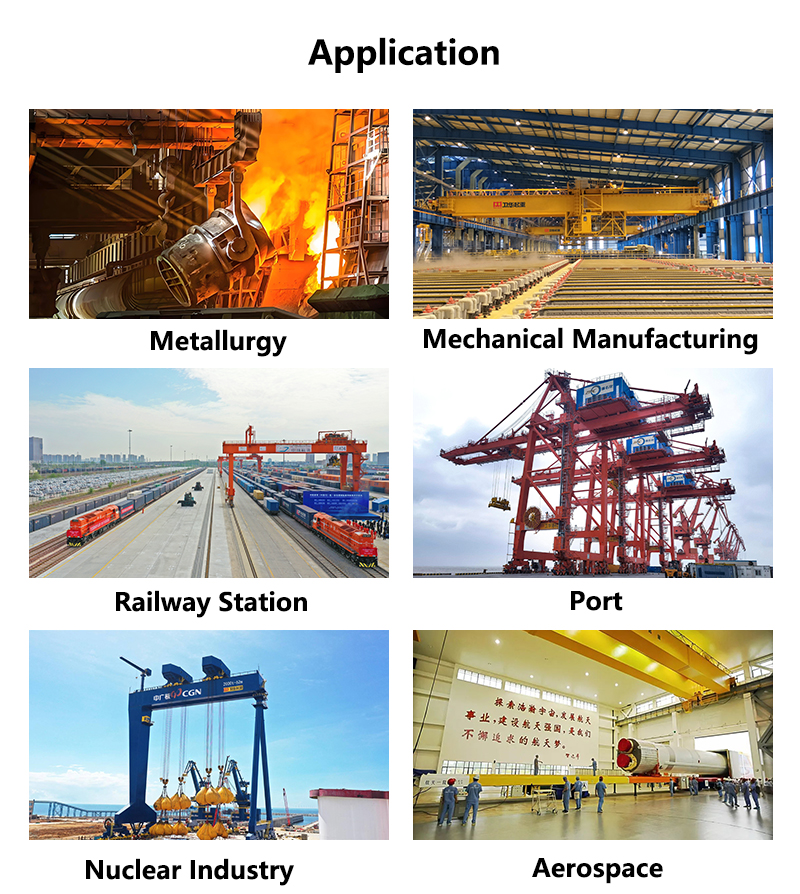
Recuerda este punto clave: La unidad de elevación en una grúa puente es casi siempre una Polipasto eléctrico! El puente grúa proporciona un sistema de desplazamiento integral, mientras que el polipasto se encarga de la función de elevación central. Entonces, No es realmente una cuestión de “polipasto versus grúa”.,” sino más bien “polipasto independiente sobre un soporte simple vs.. polipasto integrado en un complejo sistema de desplazamiento aéreo”.
No caiga en la trampa de pensar que uno es universalmente superior. La mejor elección depende completamente de sus requisitos operativos.:
Analice cuidadosamente sus tareas de elevación, área de cobertura, presupuesto, estructura del edificio, y flujo de trabajo. Comprender la diferencia fundamental entre la unidad de elevación independiente (Polipasto eléctrico) y el completo sistema de manipulación aérea (Grúa EOT) es el primer paso para realizar la inversión óptima para su productividad y seguridad. Elige sabiamente!
Valoramos sus comentarios! Complete el formulario a continuación para que podamos adaptar nuestros servicios a sus necesidades específicas..
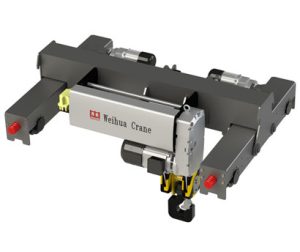
Introducción del producto El polipasto eléctrico con trole de dos vigas es un polipasto de alta capacidad., indio……
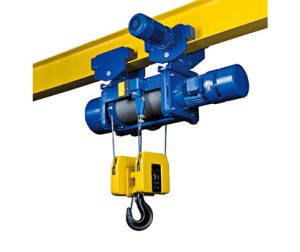
El carro de polipasto eléctrico es un eficiente, seguro, Equipo de elevación ligero y pequeño. Com ……
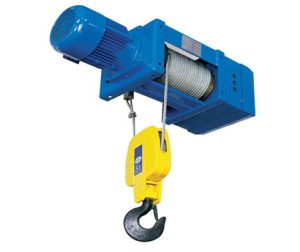
El polipasto de cable eléctrico de Weihua combina una estructura compacta con una gran capacidad de elevación. ……
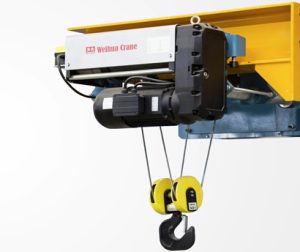
El 3 Ton Electric Chain Hoist es un equipo de elevación de tamaño mediano desarrollado por Weihua G ……
